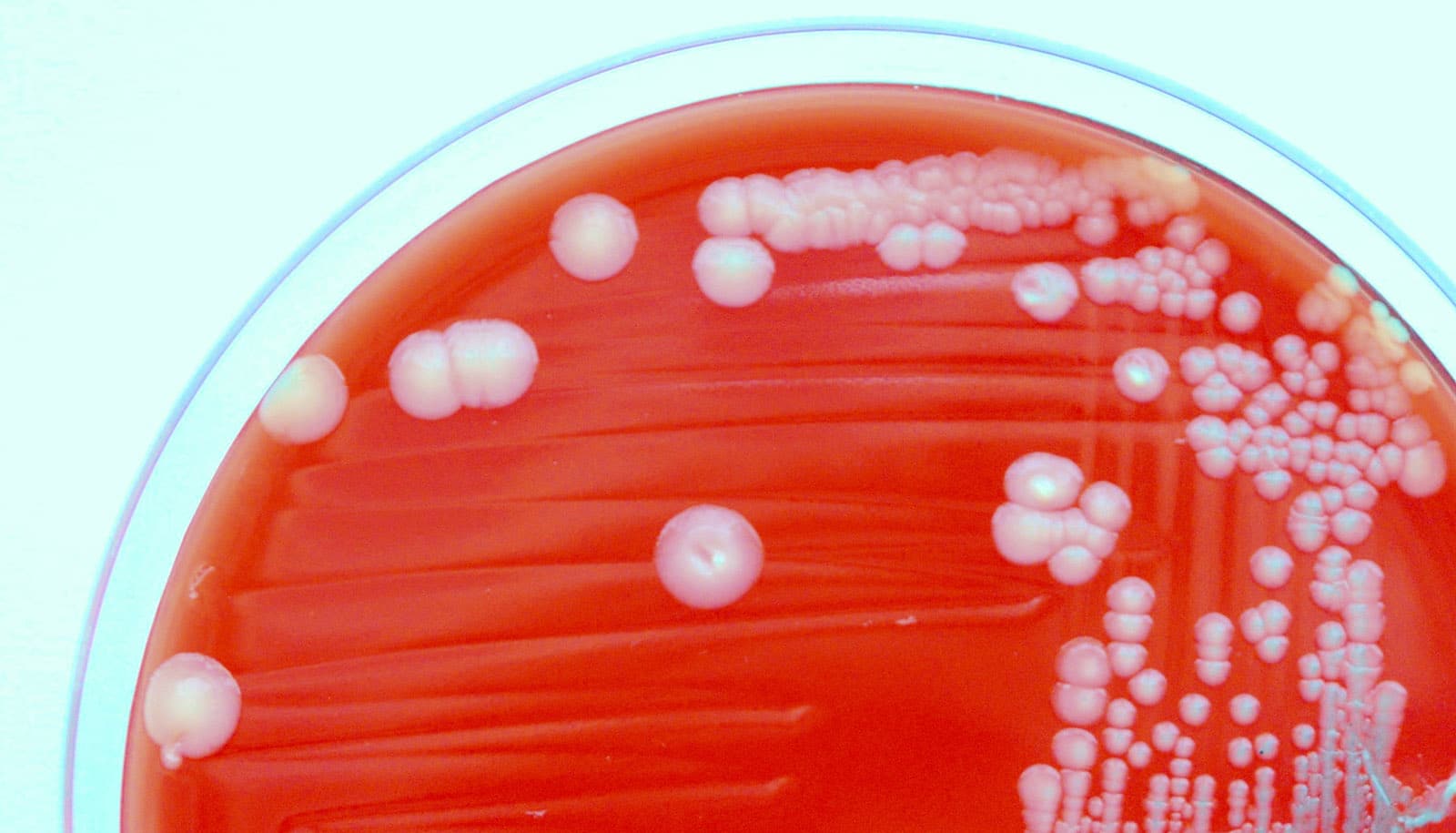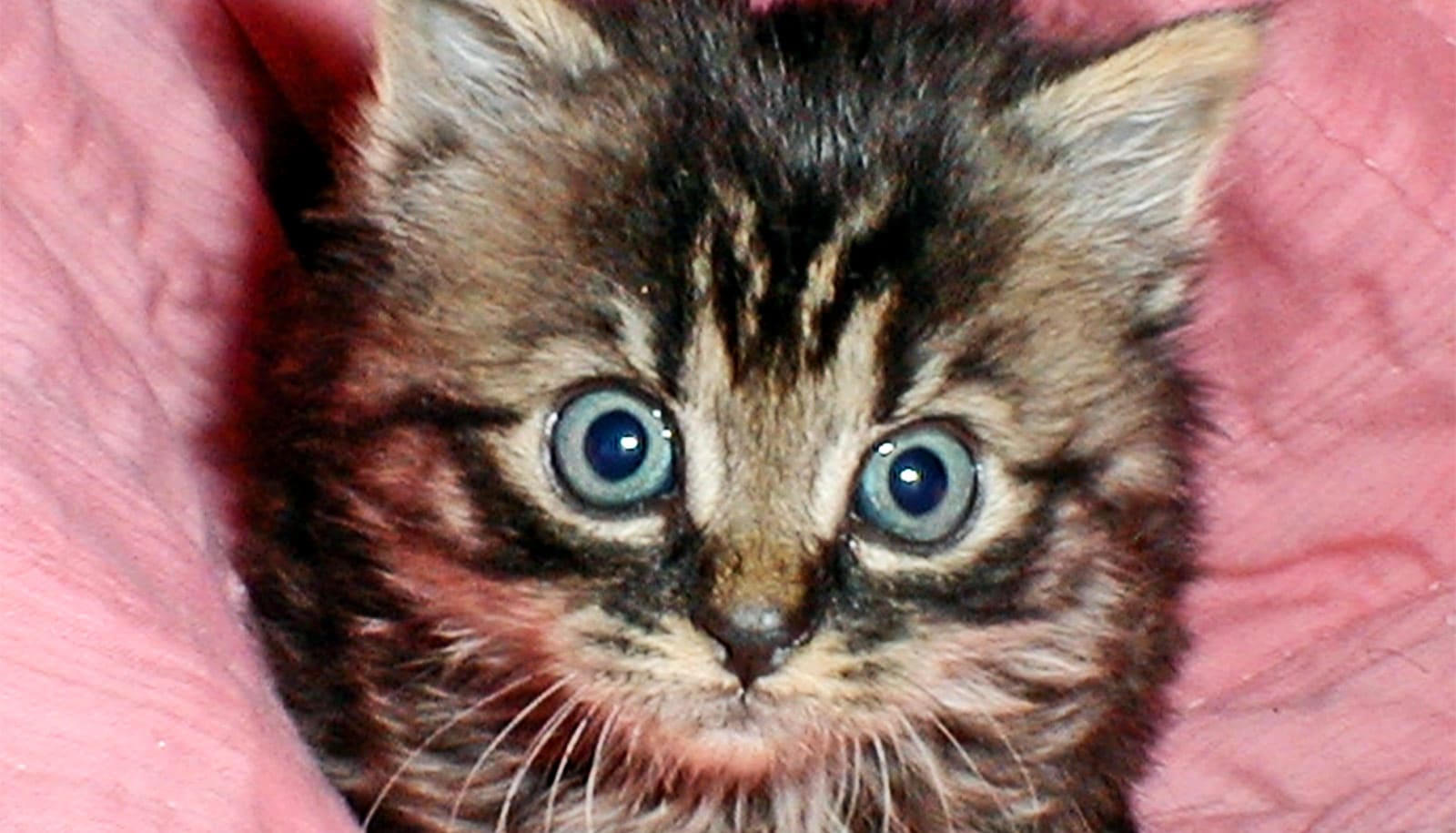New research is a step toward treating traveler’s diarrhea without disrupting good bacteria in the gut.
It’s enough to disrupt an entire vacation and ruin exciting travel plans. Traveler’s diarrhea, the most common travel-related illness, is a gastrointestinal infection commonly caused by bacteria from contaminated food or water. In healthy adults, it’s typically an unpleasant inconvenience (to say the least) that clears up after a few days. But in infants and young children, diarrhea can lead to more serious health issues like chronic malnutrition, stunted growth, and impaired cognitive function.
Depending on the seriousness of the illness, doctors recommend rehydration as a first line of treatment, over-the-counter medication, or, in serious cases, antibiotics.
Bacteria called Enterotoxigenic Escherichia coli (ETEC)—which cause the largest number of recorded cases of childhood diarrhea and traveler’s diarrhea, according to the World Health Organization—use long, thin filaments called “pili” to bind to cells in the gut, allowing an infection to start. As reported in the journal Structure, researchers discovered how these filaments are able to bind so effectively. They found that pili stick together by winding and unwinding themselves, giving scientists a better understanding of how the bacteria stays attached and causes an infection.
“By learning the structure of the pili, we are figuring out how to disrupt them, and have bacteria get washed away instead of causing disease,” says Esther Bullitt, associate professor of physiology and biophysics at Boston University’s Chobanian & Avedisian School of Medicine and corresponding author on the paper.
The researchers also found that these filaments are fine-tuned for their preferred microenvironment, such as the gut or the urinary tract. Some even use short loops to bind themselves to one another and others use long extensions to stretch a long way. This has important implications for creating better therapeutics against childhood and traveler’s diarrhea, Bullitt says. The team used a combination of methods to study the pili, such as imaging the filaments and using lasers to pull on the pili and measure the force it takes to unwind them, as well as computer simulations to watch the unwinding on the atomic level.
“Unwinding—and rewinding—of pili reduces the force at the site of binding, and allows the bacteria to stay attached. Because pili are critical for bacteria to cause disease, finding a way to prevent pili from unwinding and rewinding can be used in the future to prevent diarrheal disease,” Bullitt says.
Because pili filaments on different strains of bacteria are tuned for their environment, the researchers are searching for ways to specifically target disease-causing bacteria. Currently, Bullitt is looking at how a component of saliva, a peptide called “histatin-5,” disrupts the function of pili, and reduces binding of the diarrhea-causing bacteria to cells.
“Therapeutics that disrupt pili and allow bacteria to be washed away have advantages over current antibiotics, as physical removal would not lead to the evolution of resistant strains and only the pathogens would be targeted, while leaving the ‘good’ bacteria of the microbiome intact,” she says.
For now, if you ever find yourself in an unpleasant situation in an airport bathroom or on a plane, make sure to stay hydrated.
This study had funding from the National Institutes of Health and the National Science Foundation. The research team included collaborators from the College of New Jersey, Umeå University in Sweden, and Harvard Medical School.
Source: Jessica Colarossi/Gina DiGravio for Boston University



